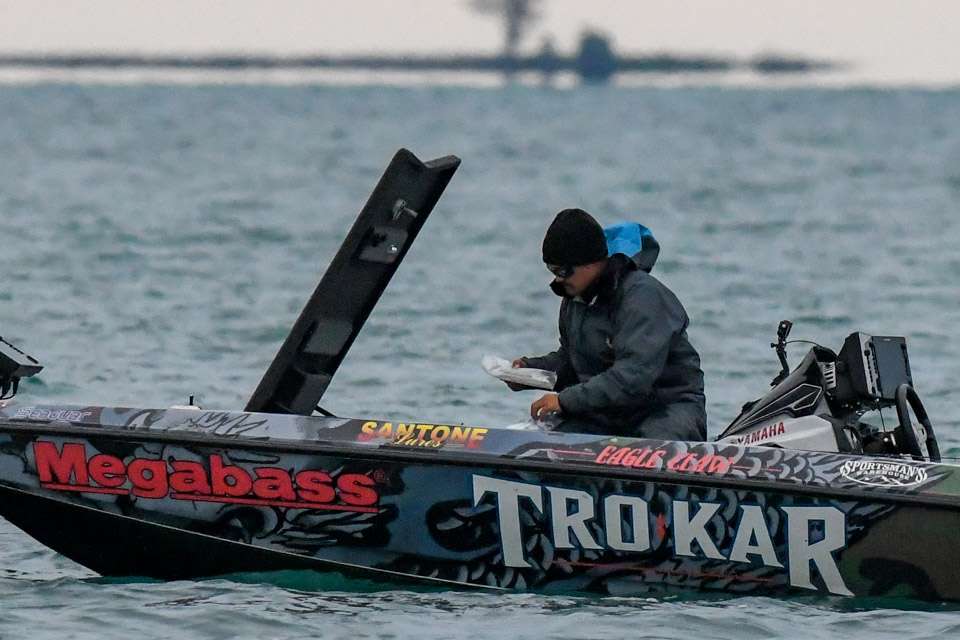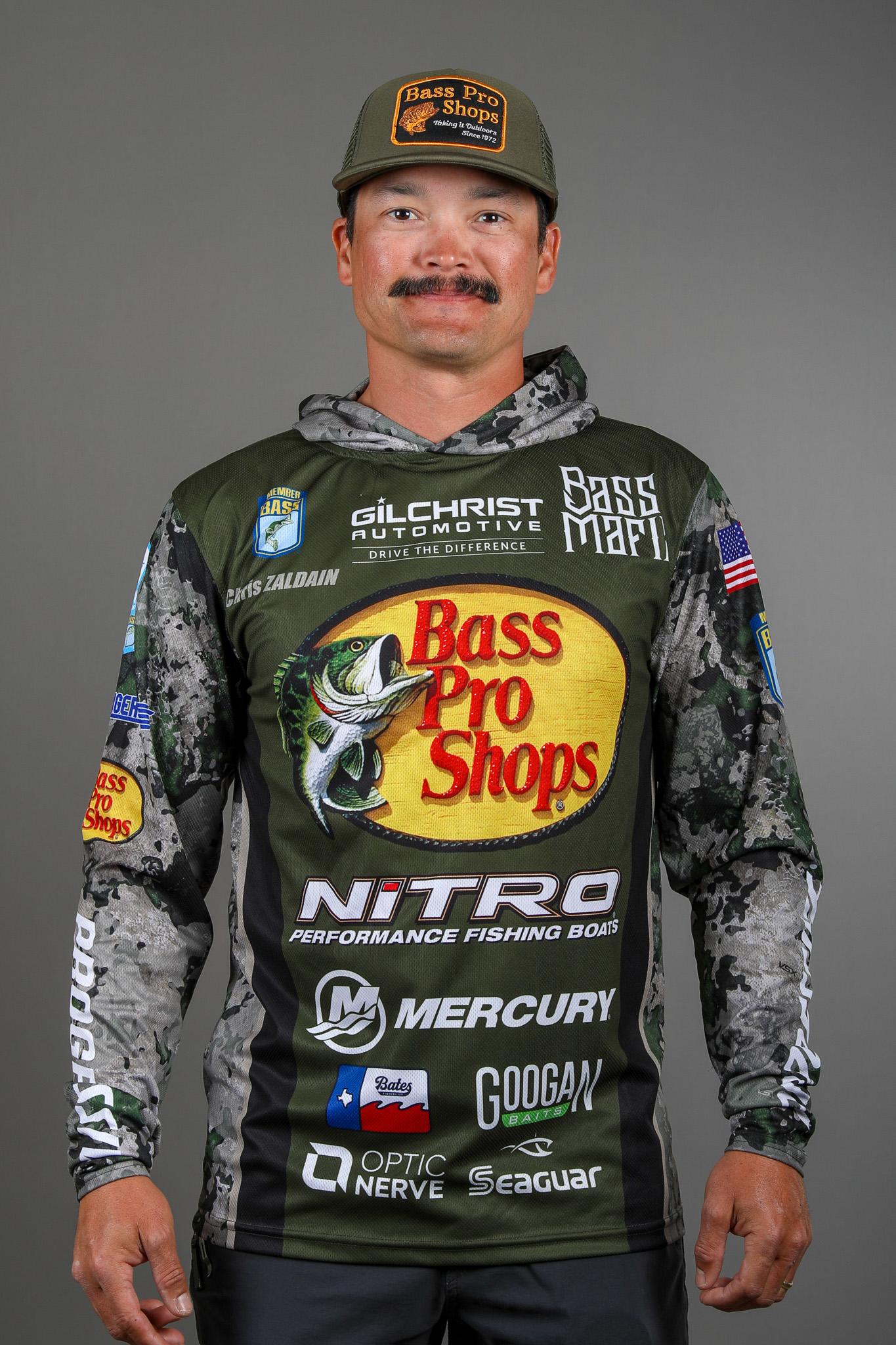
It’s the second week in January. The days are getting longer and the sun is getting a little higher above the horizon. I know it’s not warm yet. Nevertheless, it’s time to start thinking about the crayfish bite instead of the shad bite.
Up until now the best bites were out in deep water along the sharp breaks. A shad pattern was dominate. But that was up until now. Once the water gets to the 50 degree mark the crayfish will start to move around. When that happens the big ones — largemouth and smallmouth alike — will switch their feeding habits. They’ll move up to the gravel and clay mixed banks and grab some of the early crayfish.
This won’t happen all at once, though. It’s a slow process that happens over a period of weeks depending upon where you live. So, to take advantage of this and catch some really big early prespawn females you’ll need to check the banks out every couple of days.
The best banks are those that have deep water leading into them. That gives the fish the opportunity to move up and down depending upon the weather and to scurry out deep when they sense danger. However, just because a bank has deep water around and a mix of gravel and clay doesn’t mean it’ll attract crayfish and bass. Other things are necessary.
The outside bend of a creek channel is one of those other things. They make excellent staging areas as the big females wait for the males to make the beds and get ready to move all the way up.
Another good place to look is on banks that are located on or near the points going into creeks or flooded hollows. The first one, nearest to the main lake, is often good. But the second one back in is sometimes better. The why of that is something I don’t understand and I won’t try to explain. I just know that’s how things work in the late winter.
No matter what kind of spot you’re targeting always fish the north side of it first. That’s where there’s the most sunshine and consequently the warmest water.
You can catch ‘em on a jig but the better choice is a crankbait. Depending on where you’re fishing and how deep the water is you might want anything from a shallow runner to a really deep diver. Most of the productive water I find is between 5 and 10 feet deep, but that’s not a hard and fast rule by any means. It’s best to check everything before you give up on a spot.
My favorite lure is a lipless crankbait. I’m a big fan of the Megabass Vibration-X Ultra in the 11/16-ounce size. The thing about a lipless crankbait is that you can retrieve it at almost any speed and still get a nice tight vibration and you can fish one at any depth. You don’t have to change lures when you go from 10 feet to 155 feet. All you have to do is wait a little longer after it hits the water.
What color you throw is totally unimportant, as long as it’s red and black. That’s the color combination that works all over the country in late winter. It’s like a black-and-blue jig — universal. Megabass calls theirs stealth craw.
Give a red and black crankbait a try before late winter turns into early spring.





